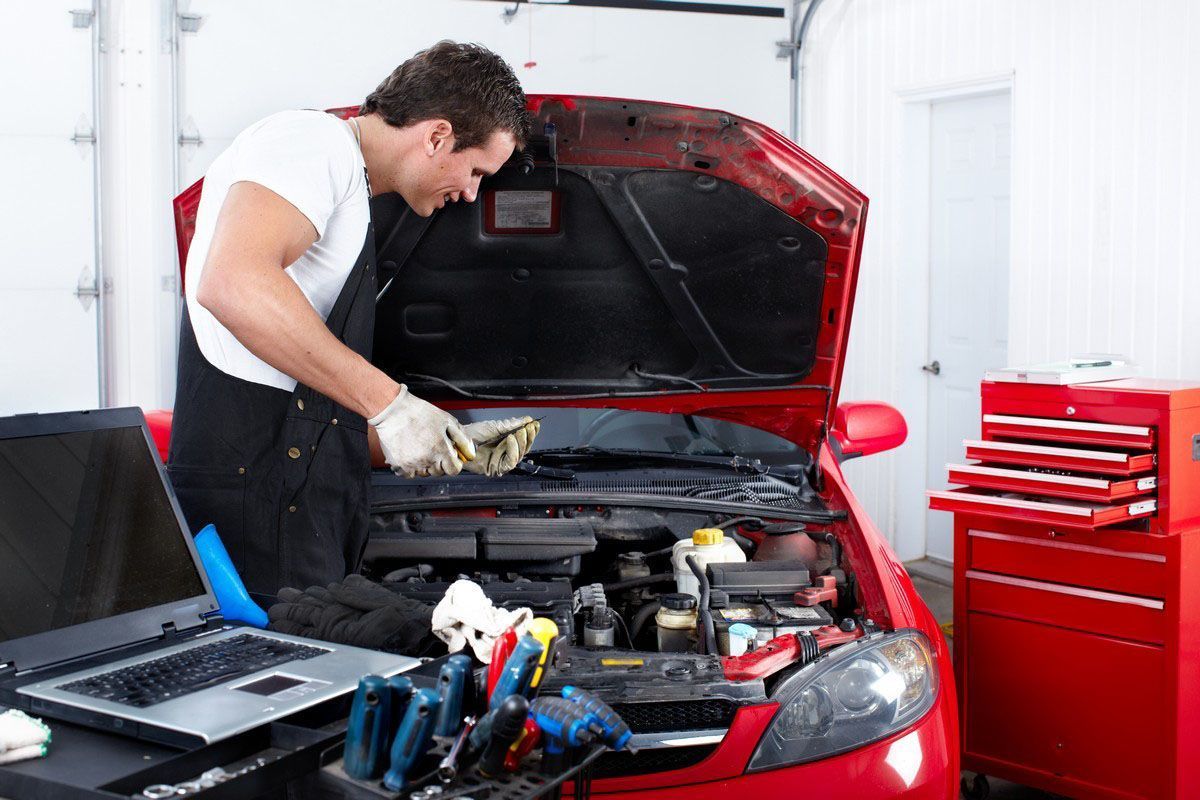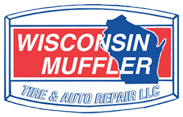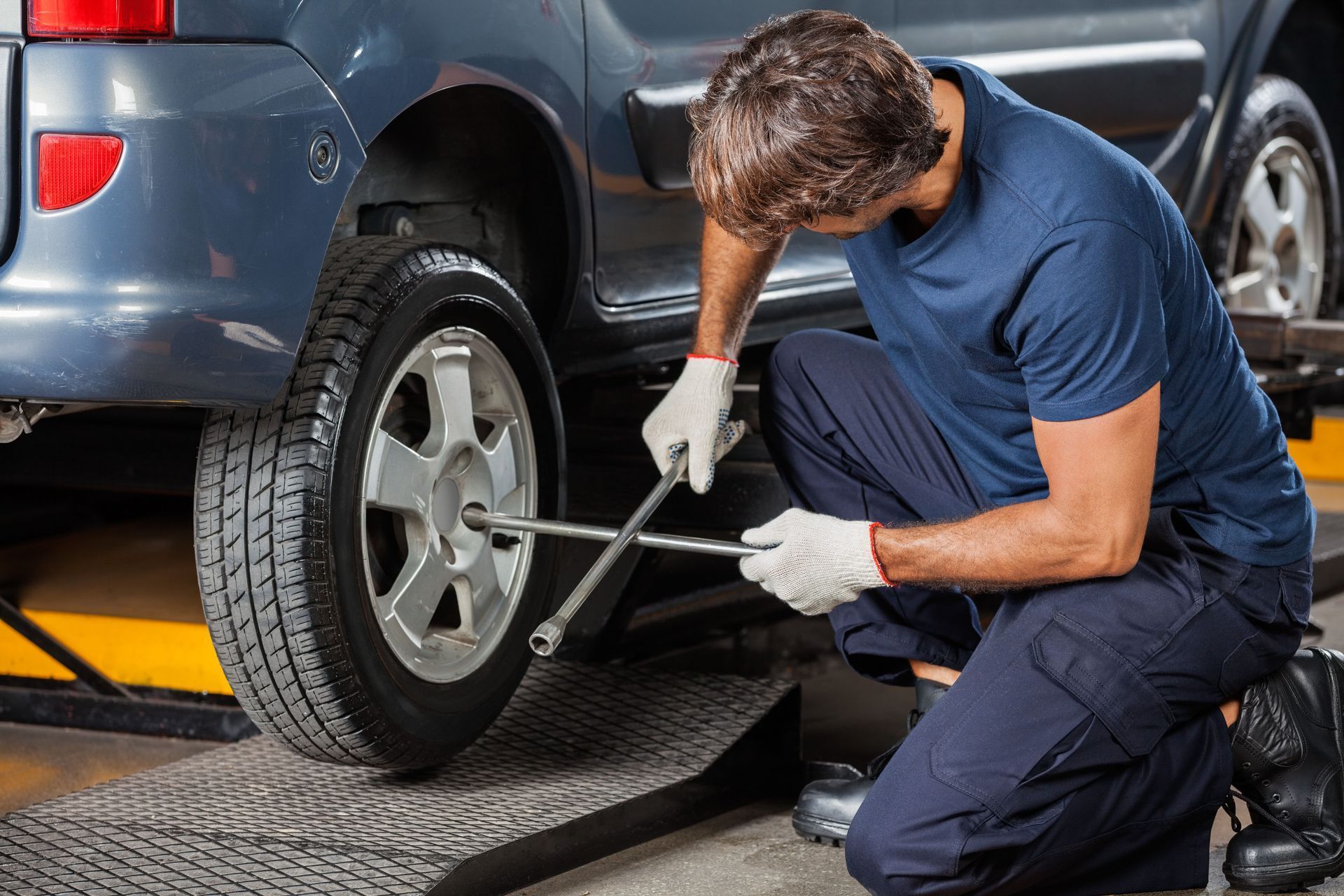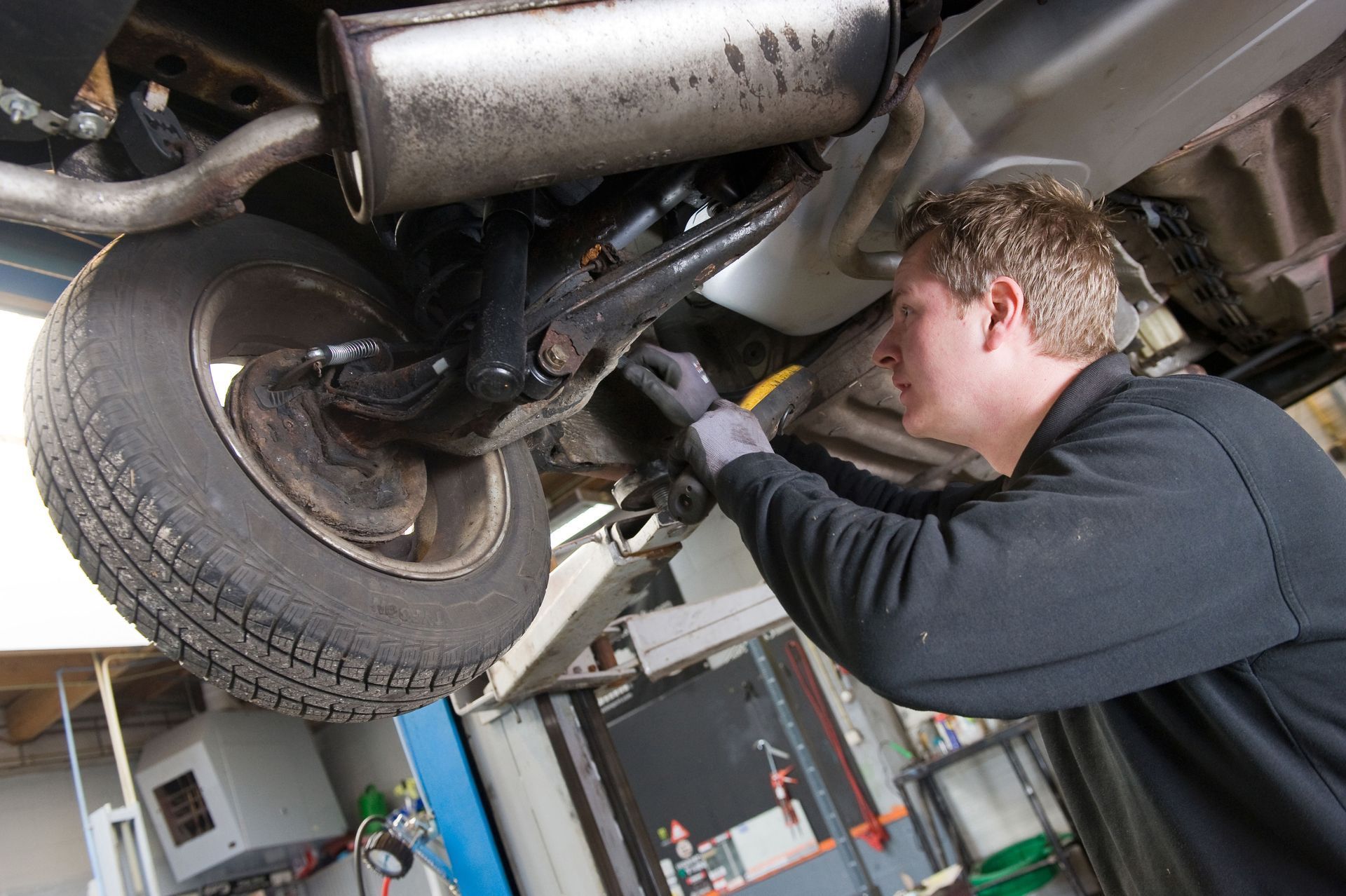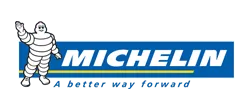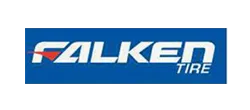June 16, 2025
Maintaining your car is essential to ensure its longevity and reliability. While some auto repairs are inevitable, many common issues can be prevented with regular maintenance and awareness. According to Bankrate, 7.9% of drivers have delayed their vehicle’s routine maintenance. Waiting to take care of issues could lead to bigger expenses down the road. Better understanding these frequent problems can help you save time and money, and improve overall safety on the road. Here’s a closer look at the top five most common auto repairs and tips on how you can avoid them.
1. Brake Repairs
Brake repairs are among the most common reasons drivers end up in auto repair shops. Your vehicle's brakes are crucial for safe driving, which makes it important to ensure they function properly. Typically, neglecting regular brake inspections can lead to more serious issues, like worn brake pads and damaged rotors. To prevent costly repairs, periodically check your brakes for any unusual noises or diminished performance, and follow your vehicle's maintenance schedule for replacing brake pads and rotors.
2. Transmission Services
Transmission issues can be distressing and costly. They often arise from neglect and can result in substantial repair bills. Drivers experiencing challenges with gear changes or unusual noises during vehicle operation should seek immediate evaluation. Regularly checking and changing transmission fluid, usually recommended every 30,000 to 60,000 miles, can prevent premature wear and expensive repairs. Staying proactive helps extend your transmission's longevity and performance.
3. Battery Replacement
Battery problems are another frequent cause of vehicle breakdowns. Despite their relatively straightforward solutions, many drivers find themselves stranded due to battery issues. The average lifespan of a car battery is about three to five years, contingent on usage and environmental factors. Keeping an eye out for diminishing headlight brightness or slow engine start can signal battery issues early. An annual inspection before extreme weather seasons can indicate when it's best to replace your battery.
4. Cooling System Failures
Overheating is a prevalent issue that can be avoided with regular upkeep of the car’s cooling system. Key components include the radiator, thermostat, and water pump. Over time, these can become faulty, leading to engine overheating. Routine flushes and changes of the coolant help preserve the efficiency of the cooling system. Regular service checks can help identify potential problems before they escalate into costly repairs.
5. Tire Replacements and Alignments
Tire-related issues, including tread wear and alignments, are common problems. Misalignments may cause your vehicle to veer off course, reducing driving safety. Unevenly worn tires not only jeopardize safety but also accelerate the need for replacements, which can be costly. Regularly checking tire pressure and performing wheel alignments ensures the tires wear evenly. Rotating your tires at recommended intervals maximizes their lifespan and can greatly improve gas mileage.
6. Suspension and Steering Issues
Worn-out shocks, struts, and steering components can compromise the smoothness of your ride and your ability to control the vehicle. Common signs include a bumpy ride, drifting during turns, or uneven tire wear. To avoid serious issues, it’s wise to have your suspension and steering checked at regular intervals, especially if you drive frequently on rough roads. Proper maintenance ensures your vehicle remains safe and responsive.
7. Exhaust System Repairs
A failing exhaust system can lead to decreased fuel efficiency, increased emissions, and even dangerous fumes entering your cabin. Rust, leaks, or damage to components like the catalytic converter or muffler are frequent issues. If you notice strange noises, reduced power, or a noticeable drop in fuel economy, it's time to have your exhaust system inspected. Addressing these issues early can prevent more severe and costly damage.
8. Check Engine Light Diagnostics
The check engine light can indicate a wide range of issues, from a loose gas cap to more severe engine trouble. Ignoring it might lead to worse damage and more expensive repairs. When your check engine light comes on, it’s important to have the system scanned and diagnosed as soon as possible. Prompt attention often results in quicker, less expensive fixes and helps keep your engine running efficiently.
Understanding these common car repairs allows vehicle owners to employ preventative measures effectively. While it is impossible to foresee every potential mechanical issue, regular maintenance and attentive monitoring of your vehicle can decrease the likelihood of severe problems arising. By keeping up with routine check-ups and listening to your vehicle's signs, you can enjoy much more trouble-free driving experiences. Investing a little effort today can save you significant time and money tomorrow. Be sure to reach out to Wisconsin Muffler Tire & Auto Center today for more information on our professional auto repairs !
